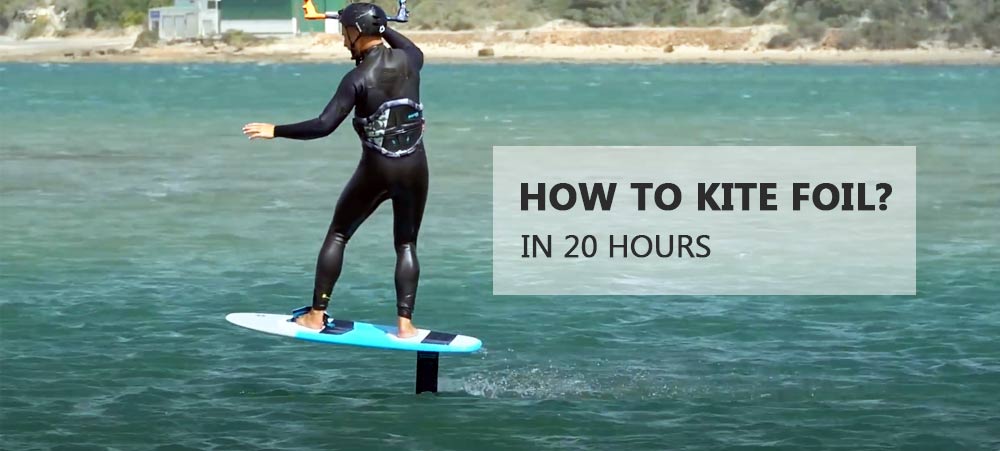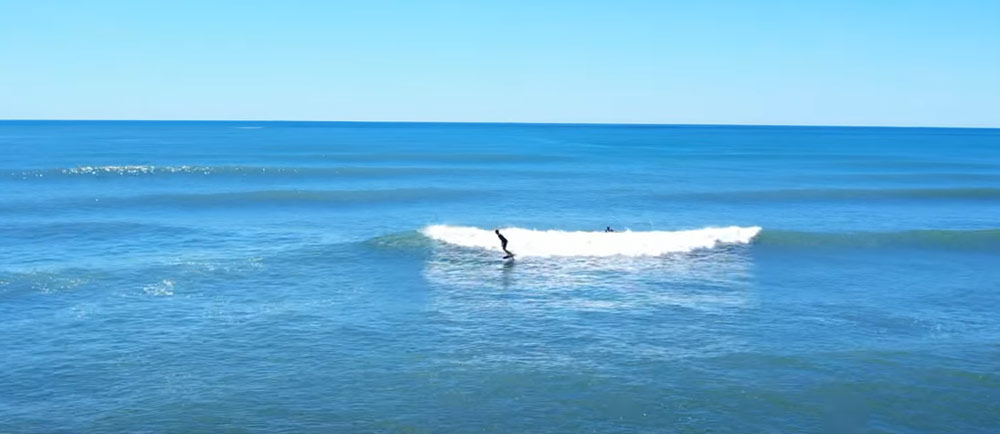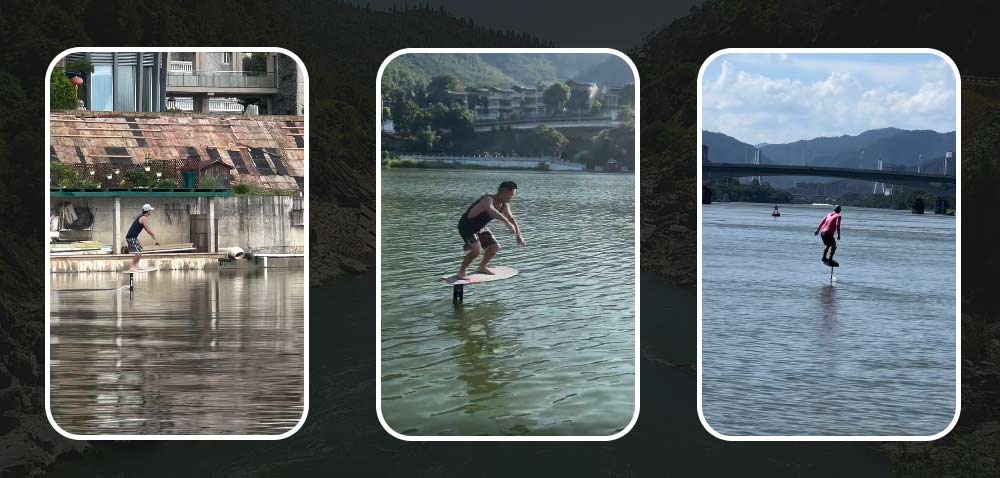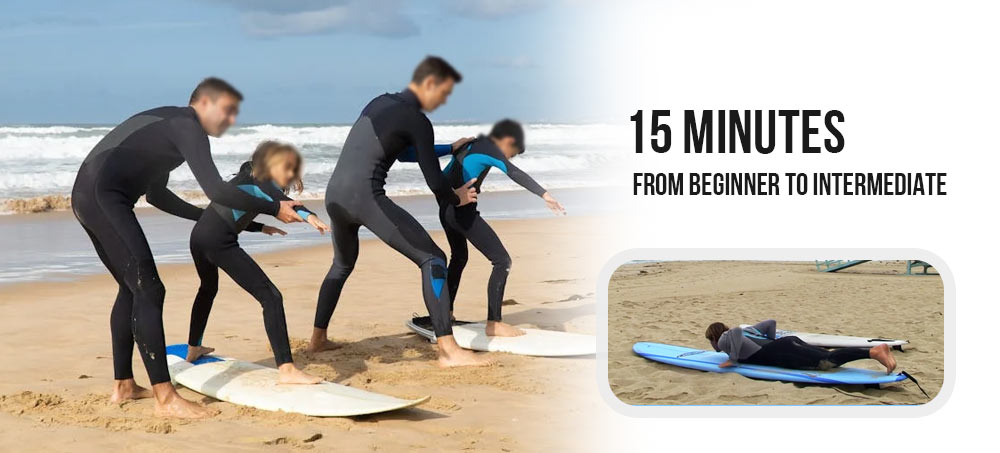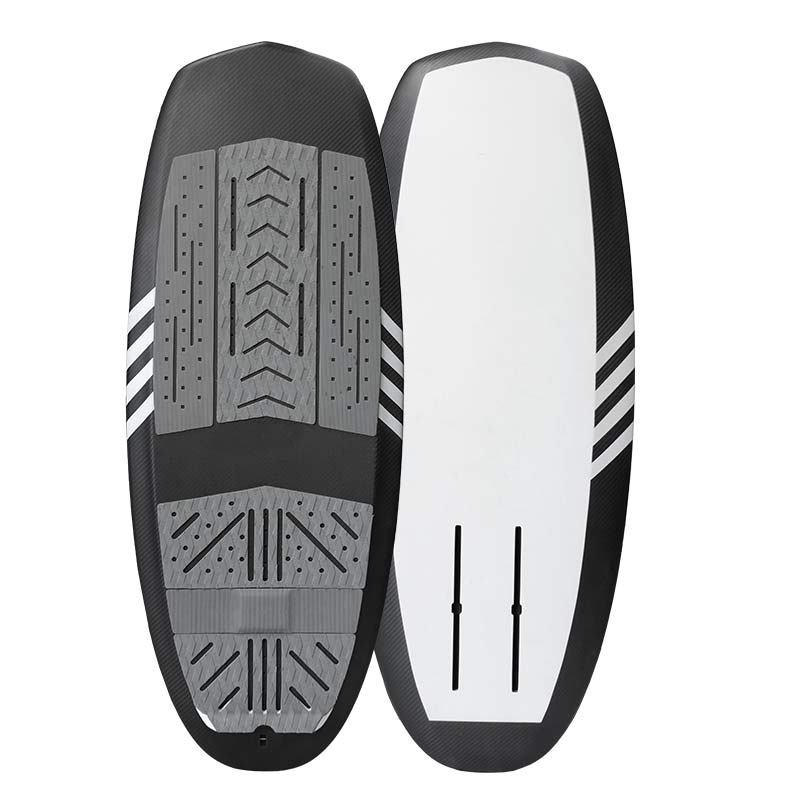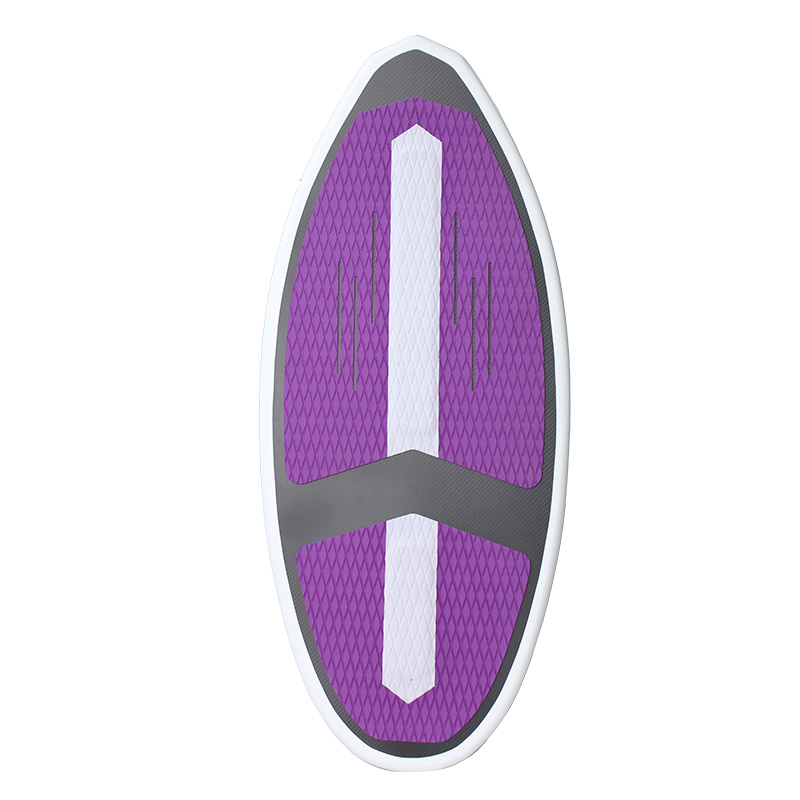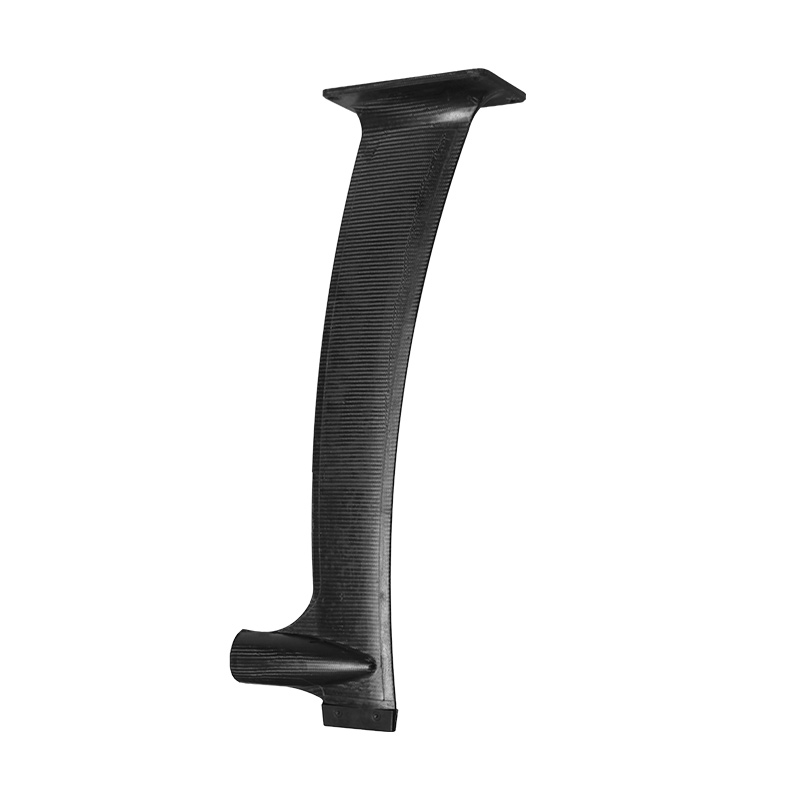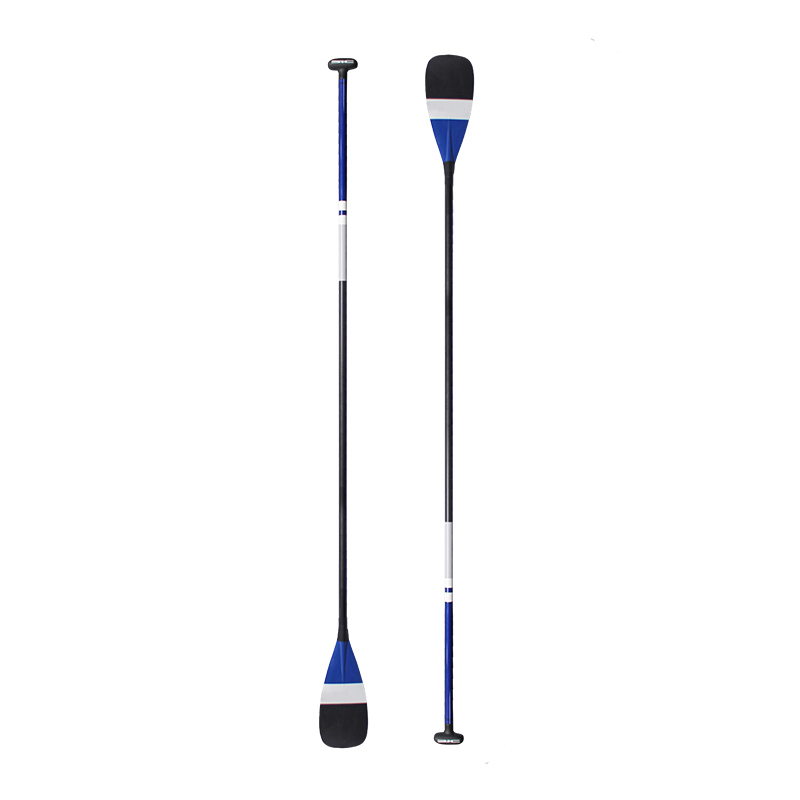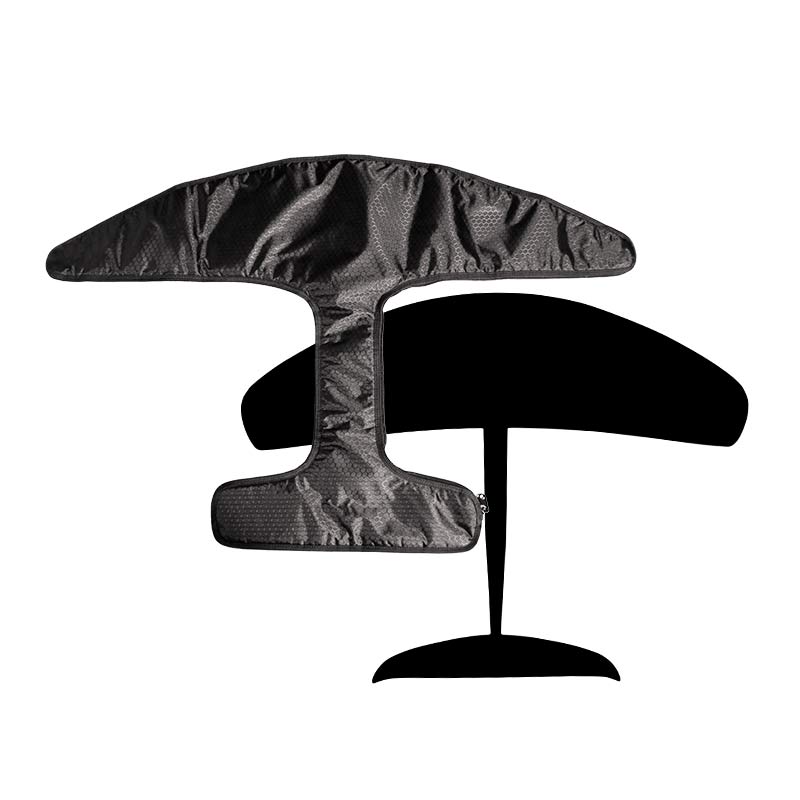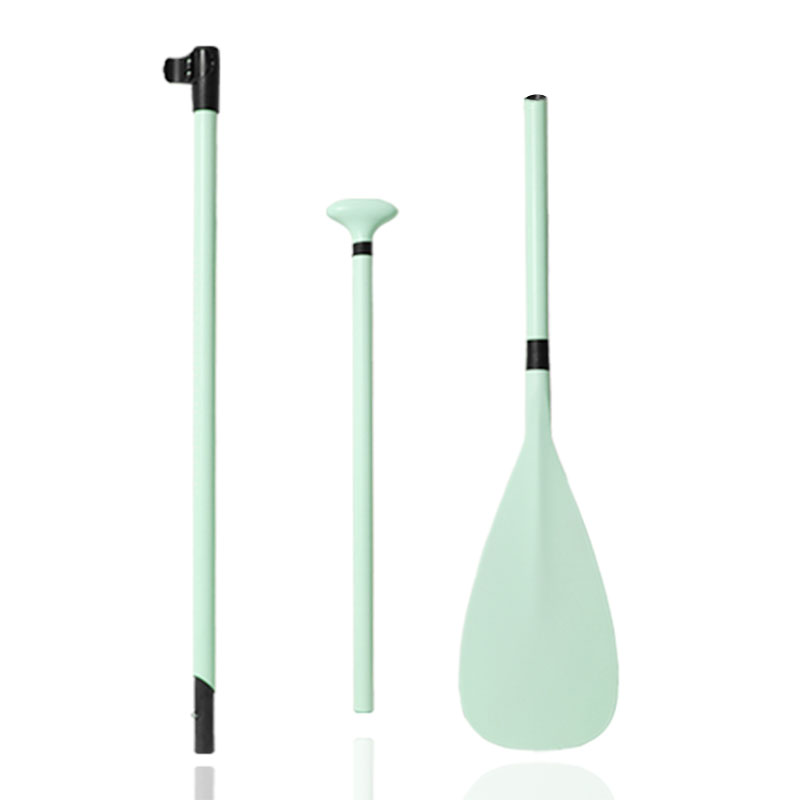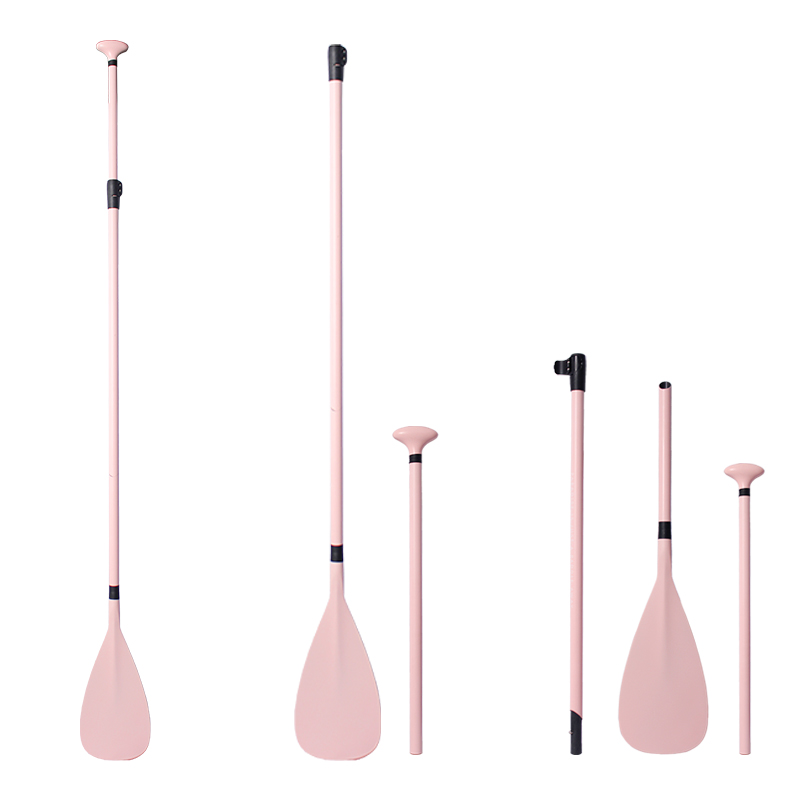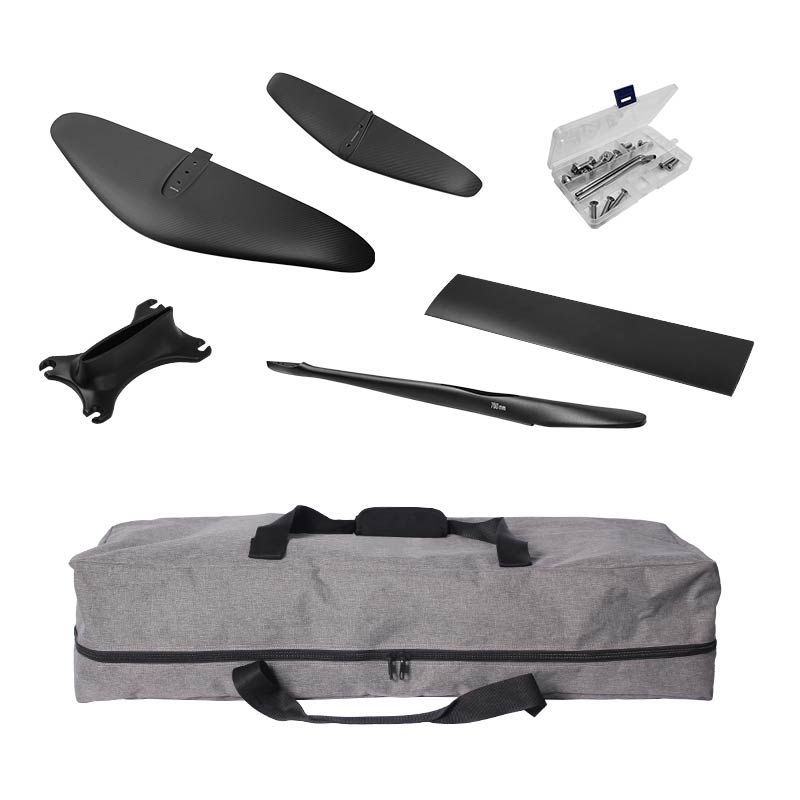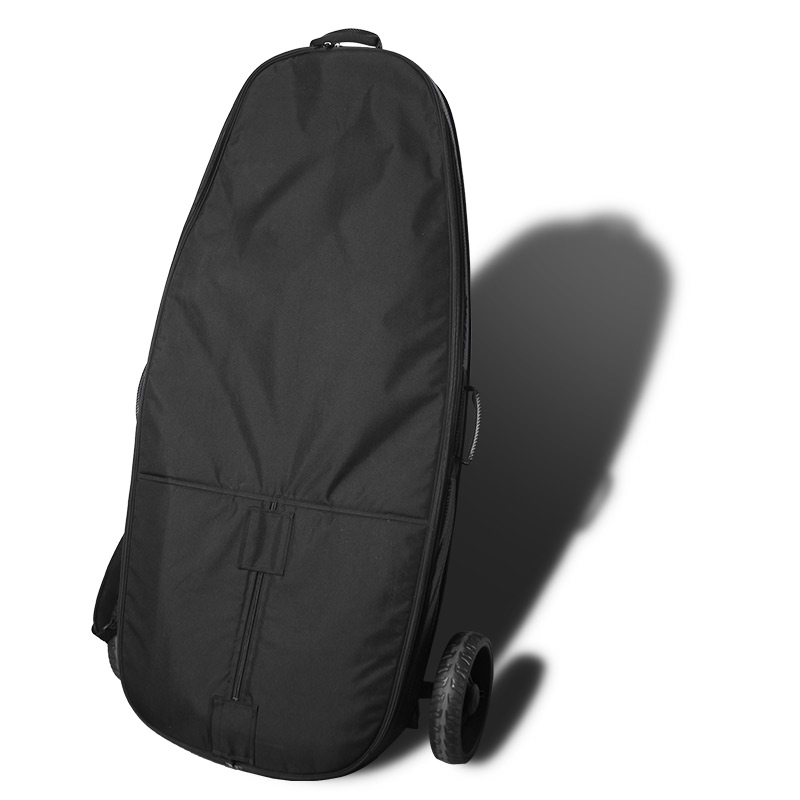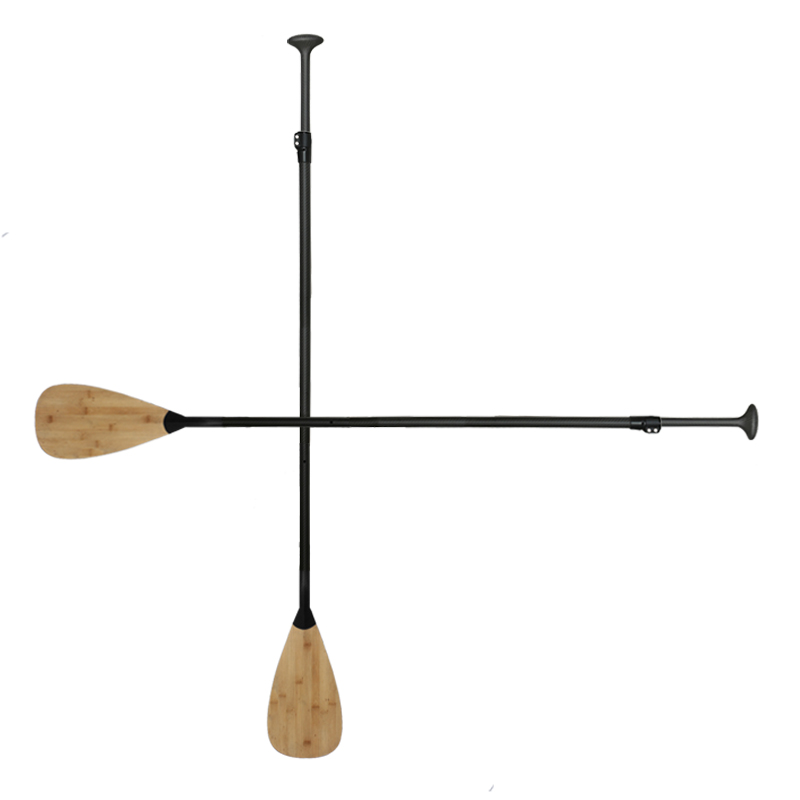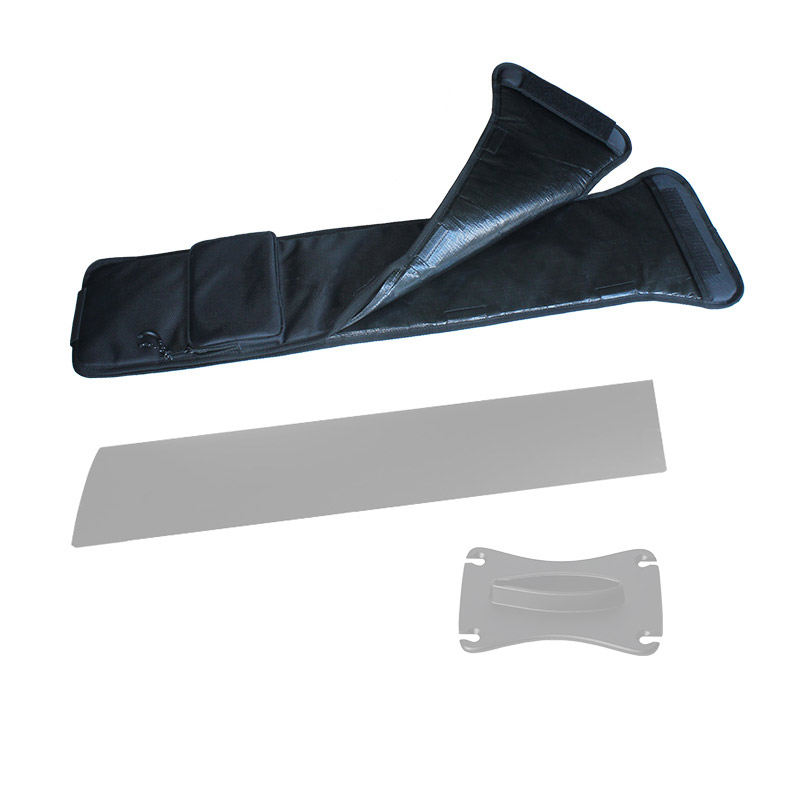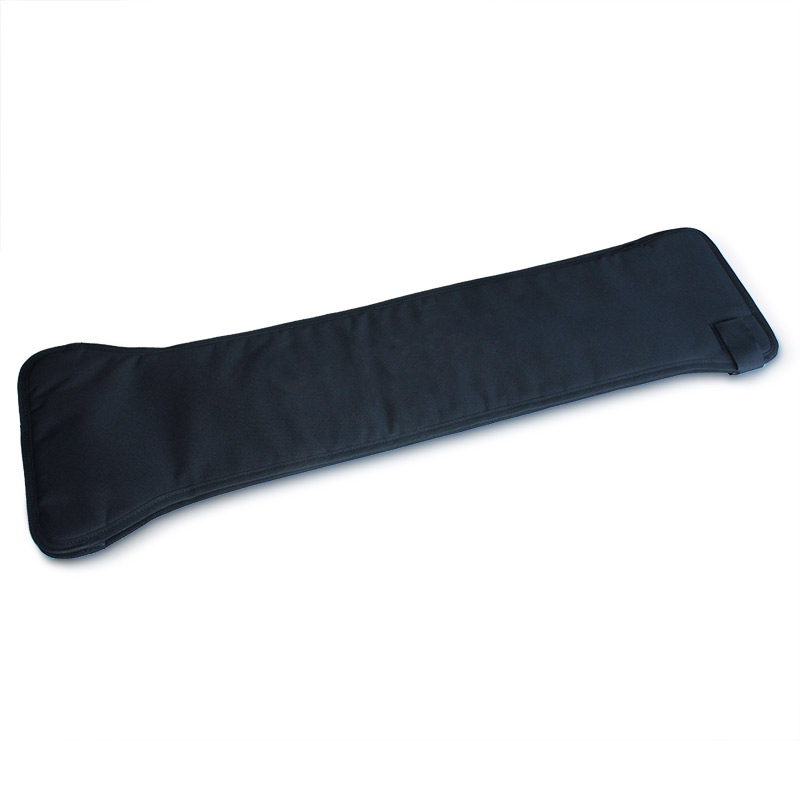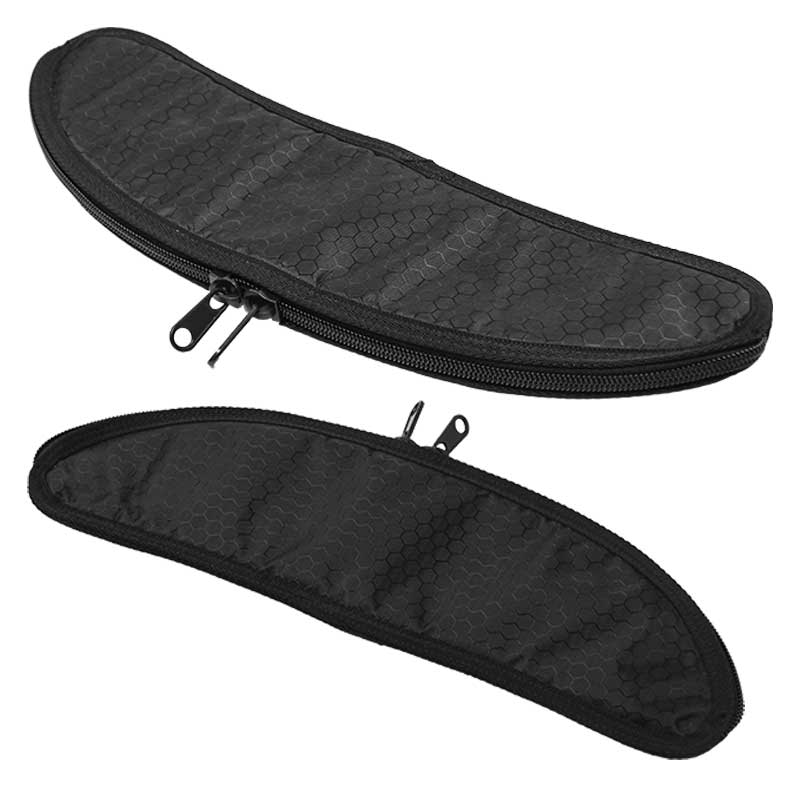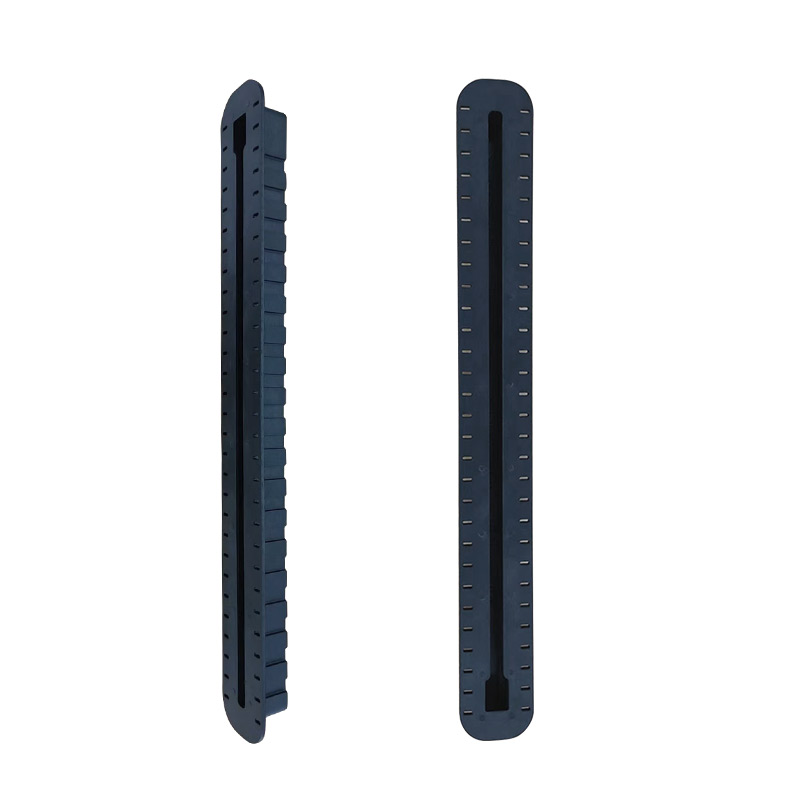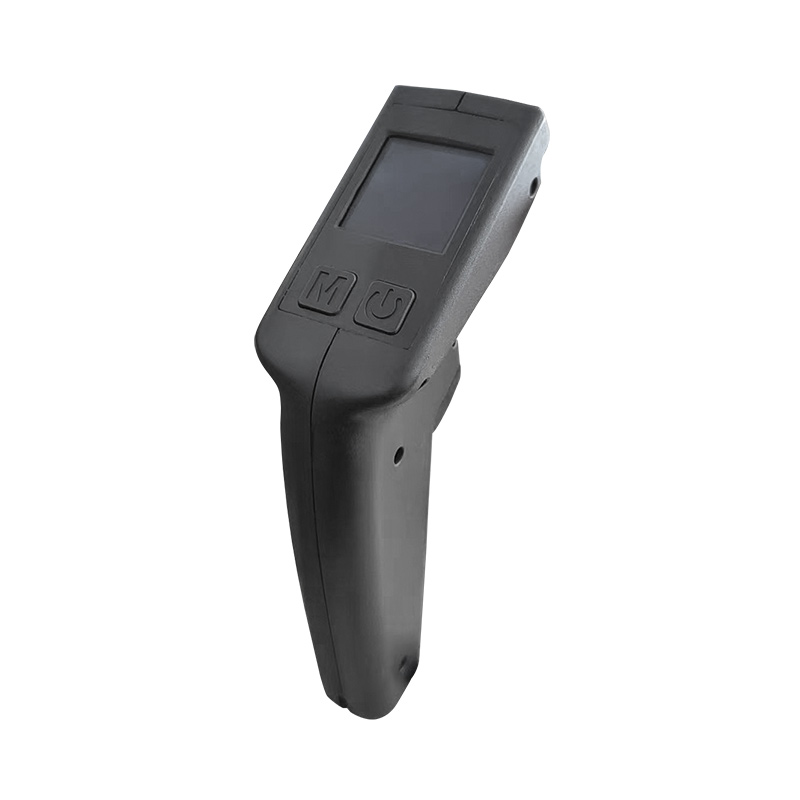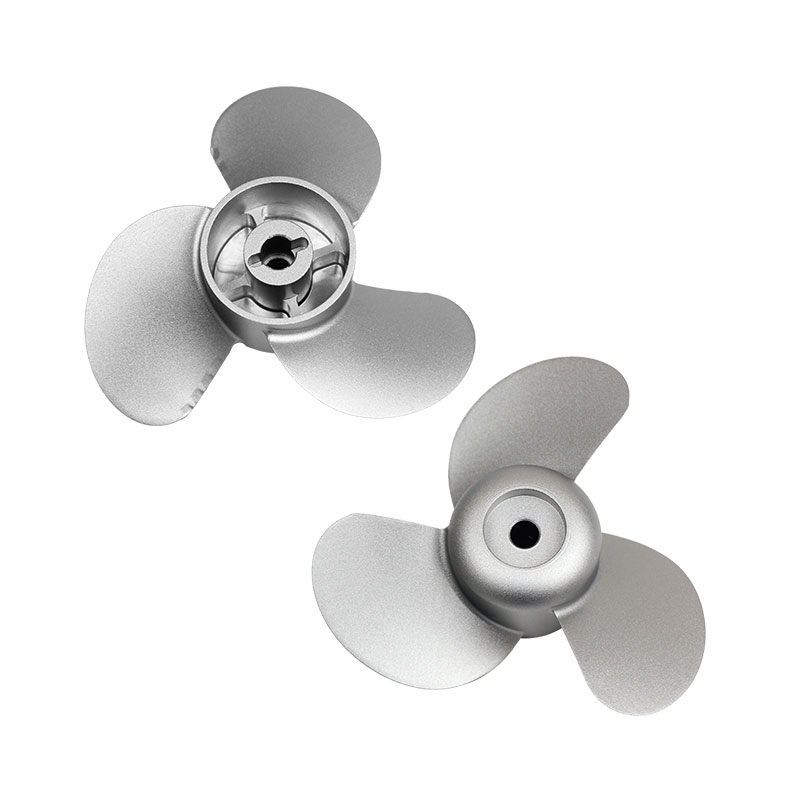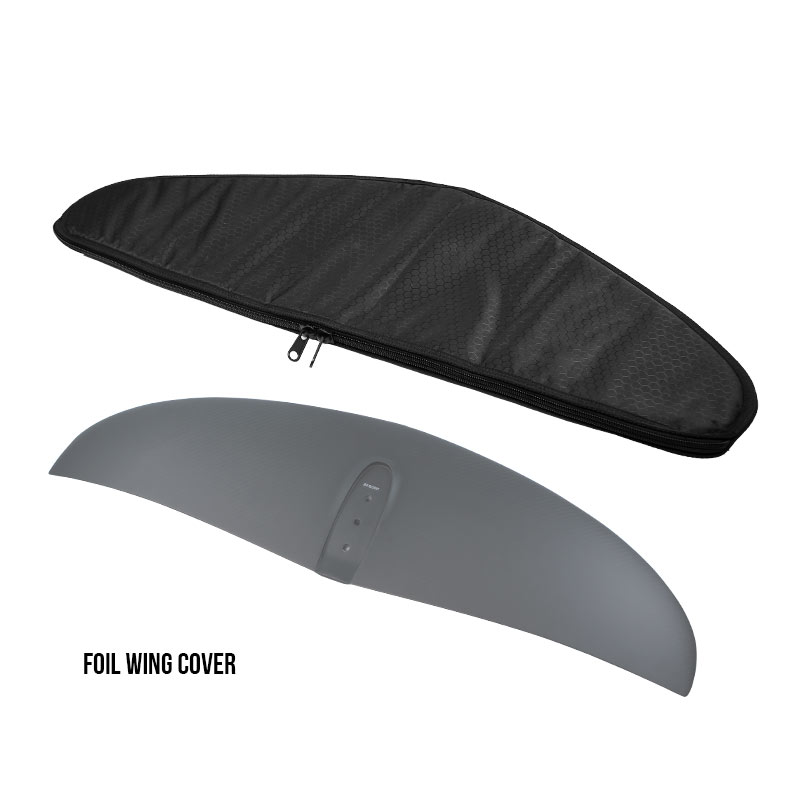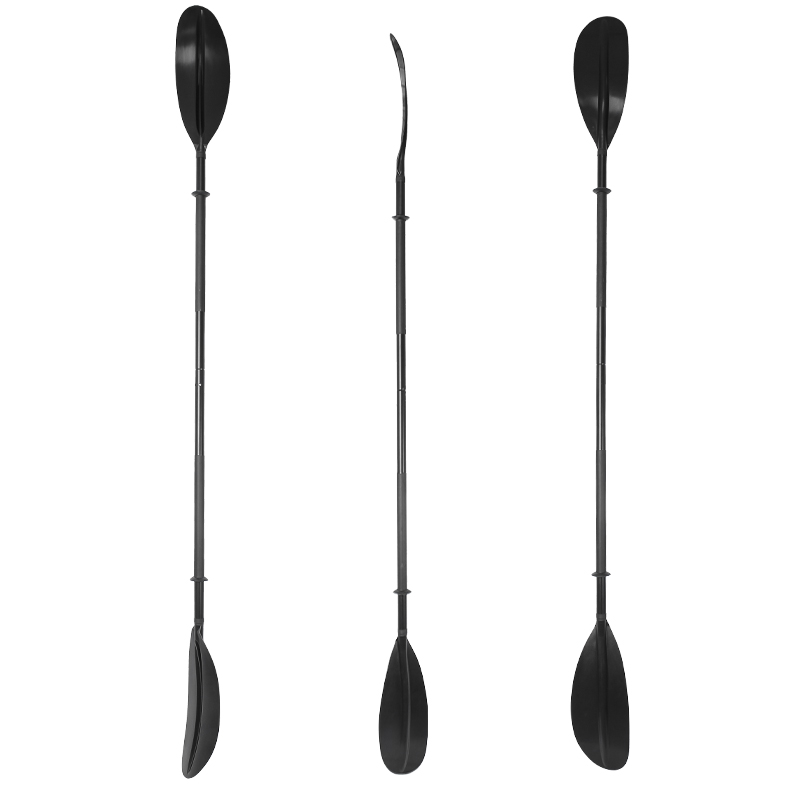Winter kayaking beckons seasoned paddlers and newcomers alike as the allure of cold-water adventures approaches with the onset of winter 2024. The serenity of frozen landscapes, coupled with the thrill of navigating icy waters, provides a unique opportunity to connect deeply with nature while honing your skills. Whether you’re seeking solitude on a tranquil lake or the excitement of coastal exploration, winter kayaking offers an invigorating escape into the wild.
This article will guide you to the best tips and information about winter kayaking. And hope it will be useful to you with the coming season invites you to embrace the chill and discover the magic of paddling through breathtaking winter scenery.
The Allure of Cold-Water Adventures
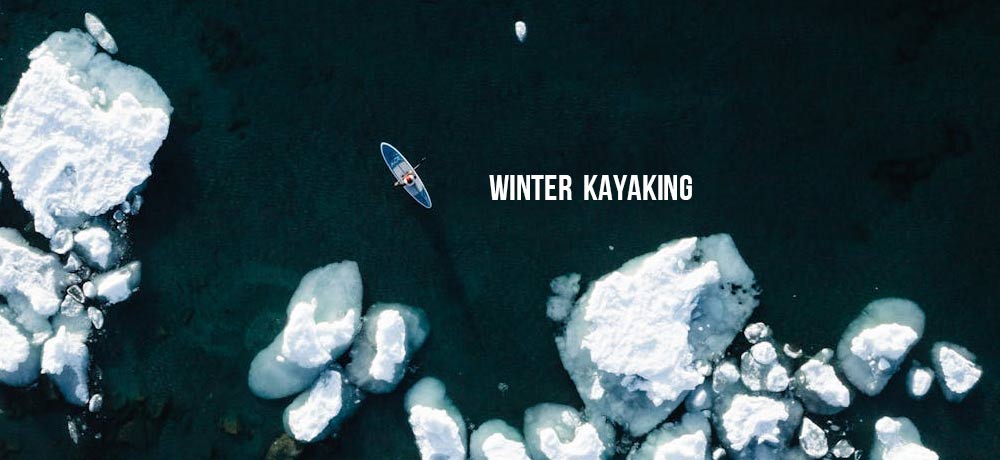
Why Paddle Through the Winter Months?
Winter Kayaking offers a unique and rewarding experience that differs greatly from the warmer seasons. Cold weather deters most people from outdoor activities, giving paddlers a rare opportunity to enjoy undisturbed waters. Unlike summer, when lakes and rivers are crowded with boats, paddleboards, and jet skis, winter offers a serene escape into nature.
Additionally, winter paddling presents a new set of challenges, making it perfect for those who crave adventure. The cold environment sharpens your skills, improves endurance, and builds mental toughness. It’s a way to stay active through the colder months while connecting with your passion for the outdoors.
Connecting with Nature in Its Quietest Season
Winter transforms the natural world into something tranquil and magical. Frozen shorelines, snow-dusted trees, and mist-covered waters create an atmosphere that’s unmatched. Wildlife behaves differently in colder months—migratory birds take flight, otters and seals are more visible, and you might even spot animals venturing close to the water for a drink.
This season also emphasizes simplicity. With fewer distractions, paddlers can fully engage with their environment. The crisp air heightens your senses, making every paddle stroke feel more deliberate. Winter kayaking brings a chance to connect deeply with nature in ways that summer adventures often can’t provide.
Winter Kayaking VS. Summer Paddling
Winter kayaking offers solitude and peace, with fewer people on the water, making it ideal for introspection and connection with nature. In contrast, summer paddling is more social, with crowded waterways full of other paddlers, boaters, and swimmers.
Meanwhile, winter landscapes feature snow-covered shores, icy water surfaces, and migrating wildlife, while summer brings lush greenery, warm breezes, and active animals like fish and birds. Each season offers unique visuals, but winter’s stillness often feels more immersive.
Moreover, winter paddling demands greater physical endurance due to cold temperatures and requires a strong mental game to overcome weather challenges. Summer paddling, though physically active, generally feels more leisurely with warm water and longer daylight hours.
Which Season Is Right for You?
- For Adrenaline Seekers: Winter kayaking offers a more adventurous experience, with the added thrill of navigating cold water, icy conditions, and unpredictable weather.
- For Relaxation Lovers: If you prefer laid-back paddling and socializing with friends, summer offers warm, welcoming conditions perfect for leisure outings.
- Skill Development: Winter paddling can sharpen your abilities, such as reading water currents in low-light conditions and practicing self-rescue techniques. Summer is ideal for beginners to learn the basics and build confidence in calmer waters.
Winter Kayaking Gears
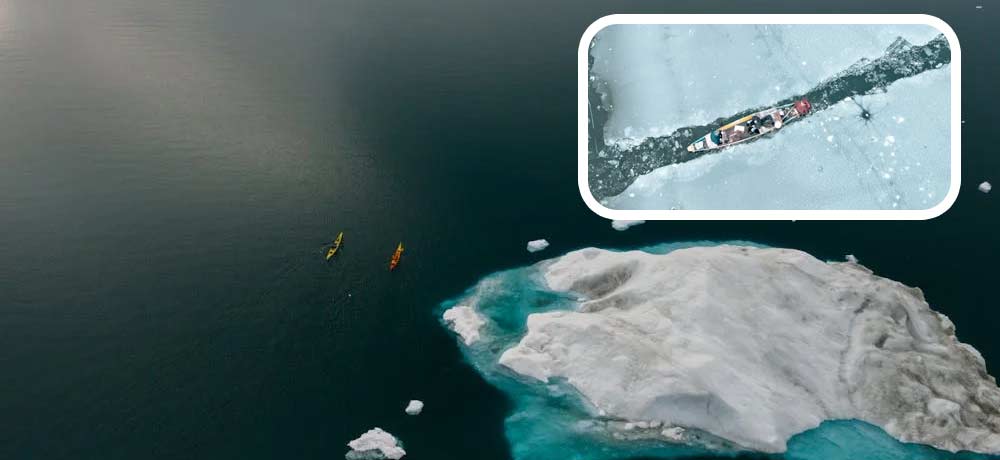
Dressing for winter kayaking
Layering is essential for staying warm and dry during winter kayaking. A well-planned layering system ensures you retain body heat while allowing moisture to escape.
- Base Layer (Moisture-Wicking): Worn next to the skin, this layer keeps you dry by pulling sweat away from your body. Look for materials like merino wool or synthetic fabrics that wick moisture effectively.
- Mid Layer (Insulating): Traps heat to keep you warm. Fleece jackets or insulated tops work well here. Avoid cotton, which absorbs moisture and loses its insulating properties when wet.
- Outer Layer (Waterproof and Windproof): Protects you from wind, rain, and cold water. A dry suit or paddling jacket is essential to block external moisture and wind chill.
Must-Have Clothing: Dry Suits vs. Wetsuits
Choosing between a dry suit and a wetsuit depends on the water and air temperature.
Dry Suits:
-
- Fully waterproof with tight seals at the neck, wrists, and ankles.
- Allows you to wear insulating layers underneath.
- Best for colder environments where immersion is a real risk.
Wetsuits:
-
- Made from neoprene, wetsuits trap a thin layer of water between your body and the suit, which your body warms.
- Ideal for milder winter conditions or shorter paddling sessions.
- Provides more flexibility but less warmth than a dry suit.
Gloves, Boots, and Headwear
Keeping Extremities Warm
Your hands, feet, and head are particularly vulnerable to cold, so protecting these areas is crucial.
- Gloves: Choose between neoprene gloves for water resistance and pogies (mitts attached to the paddle) for dexterity.
- Boots: Waterproof neoprene boots with thick soles provide warmth and grip, helping you walk safely on slippery surfaces.
- Headwear: A neoprene hood or fleece-lined beanie keeps your head warm, reducing overall heat loss since a significant amount of body heat escapes from the head.
The Right Kayak for Winter Waters
The right kayak ensures you have stability, control, and protection from cold conditions.
- Touring Kayaks: Longer and narrower, these kayaks offer better tracking and speed, making them ideal for long Winter Kayaking trips.
- Sit-In Kayaks: Better suited for winter because they protect your lower body from exposure to wind and water. Pairing with a spray skirt keeps the interior dry.
- Whitewater Kayaks: Short and maneuverable, these are great for Winter Kayaking in fast-moving rivers but may require additional insulation for longer trips.
Selecting a kayak with a sealed storage compartment allows you to bring extra layers, snacks, and emergency supplies—vital during winter excursions. If you need any type of kayak paddle or composite kayak boat, welcome to contact us for customs.
Safety Considerations
In the safety considerations, hypothermia is the most important phenomenon that needs to be prevented. Because it will be hazardous, which can cause a chain reaction that can even kill a kayaker.
How to prevent hypothermia?
Hypothermia occurs when your body loses heat faster than it can generate it, leading to dangerously low body temperatures. In winter kayaking, immersion in cold water or prolonged exposure to cold air increases the risk.
Signs of Hypothermia:
- Shivering, exhaustion, or confusion
- Slurred speech and difficulty moving
- Slow or shallow breathing
Prevention Tips:
- Wear a dry suit and appropriate layers to retain body heat.
- Stay dry: Avoid getting soaked by rain or splashing waves.
- Limit exposure: Take regular breaks to warm up onshore and keep paddling sessions manageable.
- Always bring extra dry clothing in a waterproof bag to change into if you get wet.
How to face cold water shock?
Cold water shock can occur when your body is suddenly exposed to freezing water, causing an immediate and involuntary gasp reflex, followed by rapid breathing and increased heart rate. This shock response can lead to drowning if not managed correctly.
Symptoms to Watch For:
- Uncontrollable gasping or hyperventilation
- Increased heart rate and panic
- Difficulty holding breath or swimming
How to Respond:
- Float and breathe: If you fall into cold water, focus on floating and regaining control of your breathing.
- Stay calm: Resist the urge to thrash—remain still until breathing stabilizes.
- Self-rescue: Use your kayak’s re-entry techniques or swim to the nearest safe location. Practice re-entry skills before heading out.
Necessary Safety Equipment
Carrying essential safety gear is crucial for winter paddling, where help may be harder to reach. Make sure you have the following:
- Personal Flotation Device (PFD): Always wear a PFD to stay afloat in case of an accident.
- Whistle and Marine Radio: These tools help you alert others in case of an emergency.
- Tow Rope: Useful for towing a tired or distressed paddler back to safety.
- Bilge Pump or Sponge: Removes excess water from your kayak to keep it stable.
- Emergency Blanket: Provides instant warmth in case of hypothermia.
- First Aid Kit: Include supplies specific to cold injuries, like frostbite ointment.
- Light Source (Headlamp or Strobe Light): Winter days are short—carry lights to ensure visibility in low-light conditions.
- Hot Drinks and Snacks: Pack a thermos with warm liquids and high-energy foods to maintain body temperature.
By being prepared with the right equipment, knowledge, and mindset, you’ll minimize risks and maximize the enjoyment of your winter kayaking adventure.
Preparing for Winter Paddling
In order to enjoy the beautiful & unique scenery, as well as keeping safety to enjoy it. We need to do some preparation for winter kayaking.
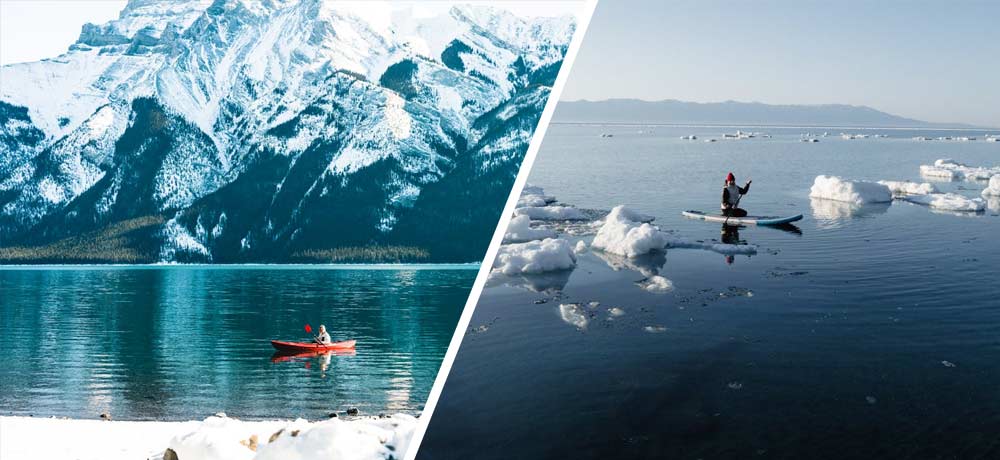
Cold-Water Paddling Skills
Firstly, winter kayaking demands refined paddling techniques to navigate cold waters safely and efficiently.
- Mastering Efficient Strokes: Focus on forward stroke mechanics to conserve energy and maintain a steady pace in colder conditions.
- Bracing Techniques: Practice low and high braces to stay upright in choppy or icy waters, reducing the chance of capsizing.
- Paddle Control in Wind: Learn to adjust your strokes and grip to compensate for strong winds that are common in winter.
- Spray Skirt Use: Familiarize yourself with attaching and removing a spray skirt quickly, especially in emergencies, to stay dry and prevent flooding in your kayak.
Rescue Techniques
Secondly, knowing how to recover from a capsize is essential for winter paddling, where cold water immersion poses significant risks.
- Self-Rescue: Practice the re-entry and roll technique to flip your kayak upright and climb back in without assistance. If rolling isn’t an option, rehearse the paddle float rescue, where a paddle float aids your re-entry.
- Assisted Rescue: Train with a partner on T-rescues and bow rescues, where one paddler stabilizes the other’s kayak to help them back in.
- Cold Water Immersion Drills: Practice intentionally flipping your kayak in cold water to simulate real scenarios, helping you stay calm and efficient if an accident occurs.
- Hypothermia Awareness Training: Know when to abort a self-rescue and call for help if your body begins showing signs of cold-induced fatigue.
Building Endurance for Winter Kayaking
Thirdly, cold weather and harsh conditions require a higher level of physical fitness and stamina.
- Cardio Conditioning: Engage in aerobic exercises like running, swimming, or rowing to build the cardiovascular endurance needed for long paddling sessions.
- Strength Training: Focus on core muscles (abs, back) for balance and upper body strength (shoulders, arms) to improve paddle control. Exercises like planks, pull-ups, and resistance band workouts are ideal.
- Cold Exposure Training: Gradually acclimate to cold environments by spending time outdoors in winter or taking cold showers. This helps your body adapt and reduces the shock of cold water immersion.
- Paddle-Specific Drills: Practice kayaking in cold conditions when possible, gradually increasing session lengths to build both mental and physical resilience.
- Flexibility and Recovery: Incorporate stretching routines to prevent muscle stiffness caused by cold weather and active recovery days to avoid burnout.
So with the right training, rescue skills, and endurance, you’ll be better prepared to embrace the challenges of winter paddling and enjoy the experience safely.
The Best Locations for Winter Kayaking Adventures
Now, the winter of 2024 is coming soon, bringing fresh opportunities to explore pristine waters and breathtaking landscapes. Whether you’re drawn to the coastline or prefer the tranquility of inland rivers and lakes, these destinations promise unforgettable experiences.
Coastal Areas: Winter Kayaking by the Sea
Winter transforms coastlines into serene, breathtaking places, perfect for experienced paddlers.
- Calm Bays and Inlets: Seek out sheltered areas where the water remains relatively calm, such as Puget Sound in Washington or Maine’s coastal harbors.
- Rocky Shorelines: Explore sea caves and rugged cliffs—like those along the Oregon Coast—with fewer crowds to disrupt the experience.
- Marine Wildlife Encounters: Winter brings unique wildlife sightings, such as seals, sea otters, and even whales migrating through open waters.
- Cautions: Coastal conditions can change rapidly, so check tides, currents, and wind forecasts before venturing out, and dress warmly for exposure to ocean winds.
Inland Lakes and Rivers: Hidden Winter Gems
Frozen landscapes around lakes and rivers offer incredible, off-the-beaten-path paddling opportunities.
- Mountain Lakes: Paddle in places like Lake Tahoe or Banff’s Lake Minnewanka, where snowy peaks surround you, and the waters remain calm but icy.
- Rivers with Slow Currents: Explore rivers such as the Potomac or Mississippi, where sections flow steadily even in winter. These waterways often feature misty, ethereal atmospheres.
- Snowy Forests and Reflections: Many lakes freeze along their edges, creating mirror-like reflections of snow-covered trees and mountains, offering a peaceful environment to paddle through.
- Safety Note: Pay close attention to ice conditions on lakes and rivers, avoiding areas with ice floes or partial freezes that could trap or tip your kayak.
Kayaking with Wildlife: Birdwatching and More
Winter brings migratory species and rare wildlife sightings, making it a dream season for nature lovers.
- Birdwatching Hotspots: Paddle through birding havens like Florida’s Everglades or California’s Mono Lake, where migratory birds gather during winter months. Look for swans, geese, herons, and ducks in large flocks.
- Aquatic Life: Rivers and coastal areas often feature more active seals, otters, and fish during winter, as they hunt for food before deep freezes occur.
- Photography Opportunities: Winter kayaking offers rare chances to capture wildlife against snow-covered landscapes or misty waterways, with fewer people to scare animals away.
- Ethical Wildlife Interaction: Paddle quietly and maintain a safe distance to avoid disturbing animals, especially during harsh winter months when energy conservation is critical for wildlife survival.
These winter kayaking destinations offer unique challenges and rewards, from peaceful inland rivers to awe-inspiring coastal waters. Embrace the season, and you’ll discover an entirely new side of paddling.
Conclusion
As winter 2024 approaches, the allure of cold-water adventures beckons seasoned paddlers and newcomers alike to explore the transformative beauty of winter kayaking. The serenity of frozen landscapes, coupled with the thrill of navigating icy waters, provides a unique opportunity to connect deeply with nature while honing your skills.
Whether you choose the tranquil shores of inland lakes or the rugged coastline, each destination offers its own breathtaking views and wildlife encounters, making every paddle stroke a chance to experience the magic of winter. The solitude found on winter waters invites introspection and appreciation for the stillness of nature, reminding us of the joy of outdoor exploration beyond the warmer months.
By adequately preparing for the challenges of winter kayaking—through proper gear, safety measures, and skill development—you can confidently embrace this extraordinary season. So gear up, paddle out, and immerse yourself in the beauty and adventure that winter kayaking has to offer. Discover the thrill of gliding over pristine waters and create unforgettable memories as you navigate the enchanting landscapes of winter.

